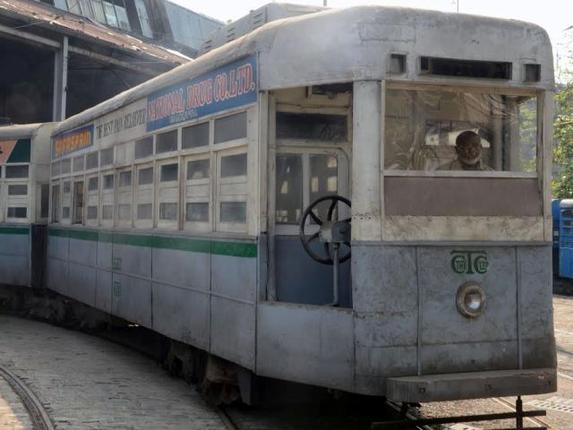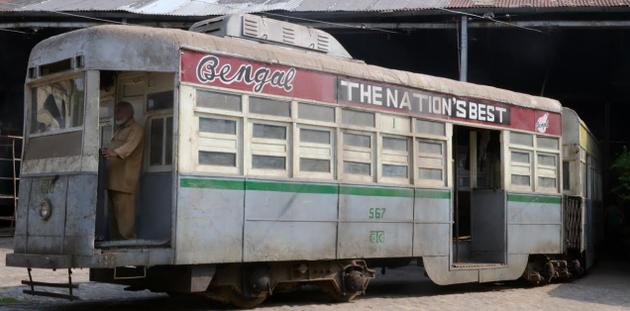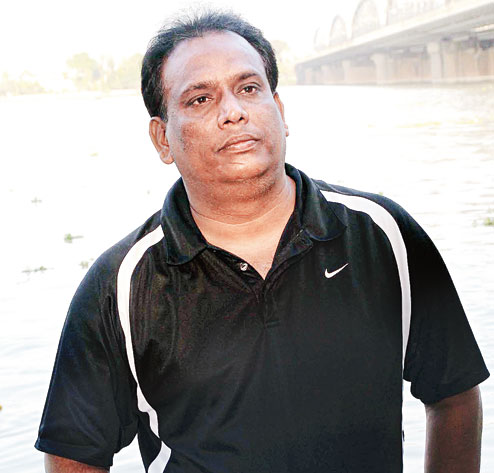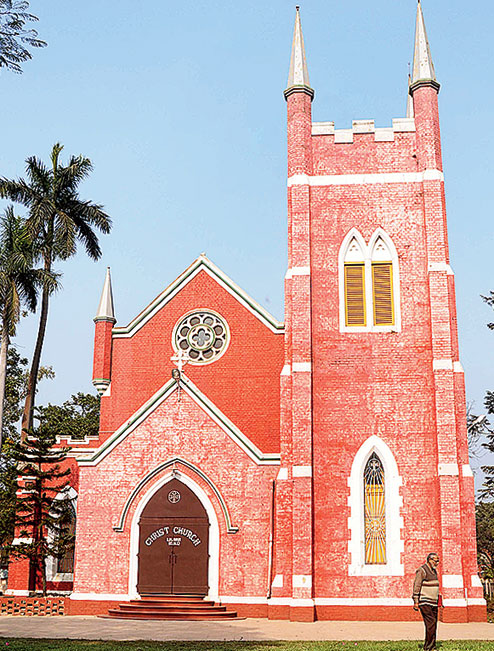Kolkata :
MCKV Institute of Engineering (MCKVIE) kick-started a two-day ‘Tech Fest- PRAGATI 2015’, on Thursday.
The major attraction of the day was the session on “Robotics Prelims”- a creative implementation of the students of various colleges with the latest technological trends.
“We have always been proud of our students who have attained heights in their endeavours. And as MUCH as I understand, COLLEGEfest is a platform where students are our prime focus and it is always a ground for talent hunt and an undefinable innovation. We look forward to more such platforms for the future leaders of our country,” said Mr KK Kejriwal Managing Trustee, MCKVIE.
Innovation FORMS an integral part of every engineer’s life. Generally the curriculum does not always suffice in developing the creativity and the knack for coming up with innovative ideas.
The event on ‘Robotics’ at Pragati is one of the most sought after events in this year’s fest. There are different categories in this competition under the core head Robotics Prelims, they are Robo soccer, Inferno, Line follower and Chase the Maze. All these events required a team’s participation. These events had inwardly helped develop a sense of team work amongst the students and to work with high end technological improvements. There were also other highlights of the event like Arcane (Treasure Hunt), Mathemania, CODE STORM (C PROGRAMMING), Gaming Prelims and many more.
There were 16 participating colleges along with schools in the Tech Fest. Some of them were Surendranath College, Rishra Bidhan College, Bangabasi College, JLD College of Engineering, and Dinabandhu College among others.
source: http://www.timesofindia.indiatimes.com / The Times of India / Home> City> Kolkata / by Jhimli Mukherjee Pandey, TNN / April 17th, 2015



